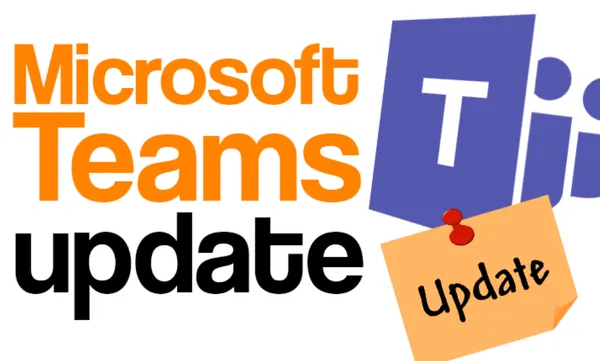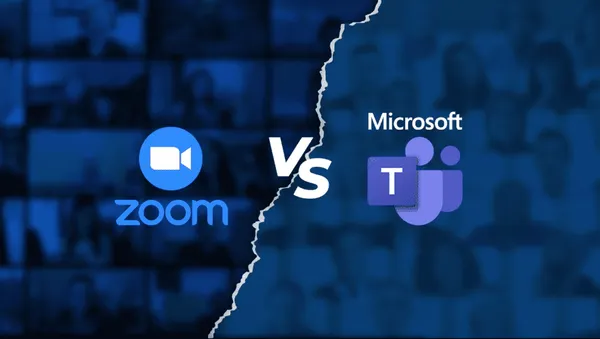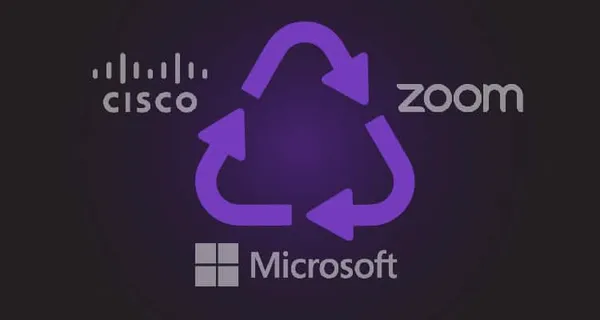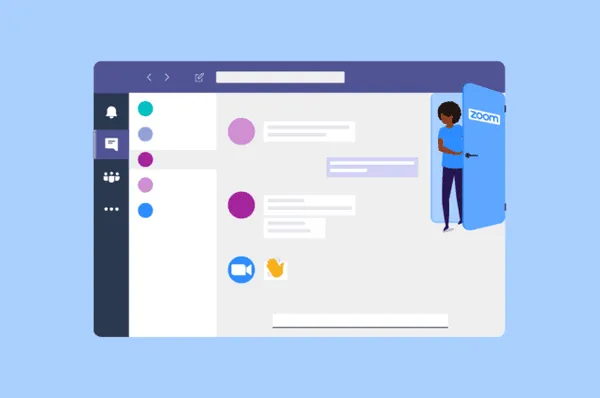
Knowledge base
November 11, 2021
In-person vs. Virtual Meetings: Why You Need Both?
The rise of digital meeting tools has fueled the debate between face-to-face and virtual meetings. There is no clear-cut judgment as to which type of meeting is better, but they both have their own pros and cons. The important thing is to identify the right type of meeting given the situation. The way two parties choose to work together, namely through face-to-face or virtual encounters, has a major effect on how productive the engagement is.
Certain topics require a more intimate meeting where the emphasis should be on the discussion taking place within the walls of the room, while others require more casual quick conversations, often over long distances. A recent Fast Company article outlines some of the benefits of face-to-face meetings, such as gaining trust, paying more attention, and picking up hidden messages that all fit well in meetings where the discussion is centered around initial meetings, project proposals, or sharing projects that require more abstract thinking. In-person meetings allow participants to express themselves through things you don’t get with virtual meetings, such as body language and facial expression. Being able to shake hands with someone has a profound effect on this cultivation of trust.
Alternatively, in a recent article in Harvard Business Review , the author outlines some of the benefits of virtual meetings, such as solving specific problems, time problems, distance problems, and deadline problems. All of these benefits lend themselves to meetings focused on quickly finding solutions to solve project problems that are specific and small in nature, but can have a major impact on the overall process. The ability to connect with people from all parts of the world at the click of a button has revolutionized the way companies do business, but not without its own flaws. A major problem with virtual meetings is that they can be less productive when it comes to discussion and collaboration because the flow of conversations is very different from face-to-face conversations. Digital meetings are becoming less fluid and free and are becoming more rigid and systematic. Making strategic use of the different types of meetings can have a major impact on the overall productivity of the project.
We use both face-to-face and virtual meetings for our customer contacts. During our first meeting with a client, we meet in person to understand their needs, present our proposal and plan for the project. Personal encounters and interaction on a more personal level allows us to build trust and lay the foundation for the future relationship. We usually have a few more face-to-face meetings to discuss the project at a high level and in two full-day meetings we can complete a week or two of work.
After the personal meetings, we travel back to our office, roll up our sleeves and get to work. The next few meetings are virtual, here we see where we are with the project and collect feedback. Since we are on the same page with the client on the overall vision for the project, not much in-depth discussion of these calls is needed and we can focus on their feedback and the changes that need to be made. This gives us the ability to work out the updated version of the project and then jump into a virtual meeting in minutes to review the updates and collect feedback, allowing us to keep the client informed every step of the way and ultimately deliver a great product that they love.
The key to our success was the order and the way we met, first face to face and then remotely. By starting the assignment with a face-to-face meeting, we were able to personally introduce ourselves and learn more about the client than we would if we had met virtually. It also allowed them to connect the people on our team to our company, which started a more intimate relationship. After we got to know each other in person, the virtual meetings that followed became less formal and more fluid, helping us provide solutions to their feedback that we knew would match their mindset.
The medium of collaboration chosen should be based on which option offers the best chance of achieving the objectives of the assignment and not on what is most convenient for both parties. If the goal is to build relationships or discuss high-level project plans, a face-to-face meeting is better suited to achieving these goals, while if the goal is to review small details or provide direction to members of your team, a virtual meeting will suffice.
Want to know more?

Related
blogs
Tech Updates: Microsoft 365, Azure, Cybersecurity & AI – Weekly in Your Mailbox.









